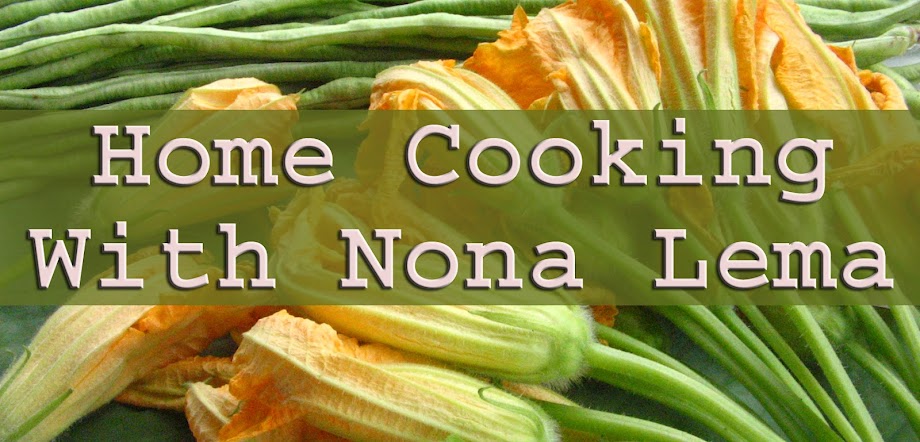CALDERETA - -is my ever-dependable 'pambato' dish that I can serve on any occassion because everyone just loves caldereta either with rice, bread or chapati.
Caldereta is a Spanish-inspired tomato-based stew originally cooked with goat meat. Thus, we have 'calderetang kambing'. The Filipino caldereta has carrots, bell pepper, potatoes, liver spread, tomatoes, tomato paste, frozen peas. The Spanish caldereta has tomatoes, garbanzos, asadillo (grilled bell pepper) and 'queso manchego' (cheese made from sheep's milk).
Caldereta was introduced to us by the Spaniards from the region of Castilla-La Mancha, Spain, where other Spanish dishes known to us come from such as Pistu, Gaspacho, Salpicon, Bacalao, etc.
Castilla-La Mancha is mostly pastoral ground, therefore there's plenty of sheep and goat meat. Dishes are cooked in an austere and simple peasant kitchen. Castillian-Manchego cuisine is ideal for farmers, peasants and shepherds.
The Spanish caldereta was inherited from the Moors who invaded Spain for 800 years (from 711-1511). Moors were Muslim Arabs from Northern Africa. The Moors loved to eat lamb or goat stews cooked in tomatoes and garbanzos. So, our present-day Filipino caldereta actually has a long, long history that dates back to the Moorish invasion of the Iberian Peninsula where the Moors converted the Christians to Islam.
Here is my recipe of vegetarian caldereta:
Ingredients:
1 c gluten (sliced,fried)
1 c potatoes (fried)
1/2 c carrots (fried)
1/2 c tomatoes
1 pack tomato paste
1/2 c bell pepper (sliced)
1/2 c frozen peas
2 Tbsp leeks or spring onions
2 Tbsp butter
2 Tbsp caldereta mix
2 Tbsp cheese (grated), optional
salt, soy patis, pepper, seasoning
Procedure:
1. Saute leeks or spring onions in butter (use garlic, onions if preferred).
2. Add tomatoes, cook well. Add tomato paste, bell pepper, enough water, salt, soy patis, pepper, caldereta mix powder, seasoning.Cover and simmer.
3. Add frozen peas and cheese, put in fried gluten, potatoes and carrots. Mix well. Remove from heat. Serve.
PLEASE SHARE:



